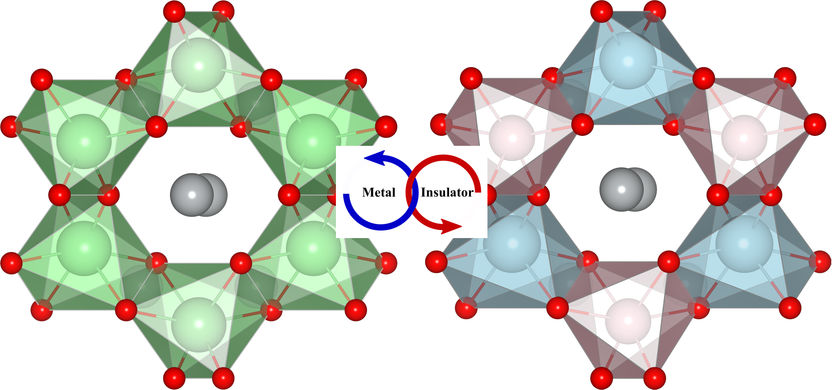Chocolate physics: How modeling could improve 'mouthfeel'
lecithin plays a vital role in the production of chocolate and many other foods. It's never been clear how this ingredient works on a molecular level, and confectioners have relied on observational methods to perfect their recipes.
Now, scientists have shown how the field of molecular dynamics could be a valuable tool in understanding chocolate conching - the part of the chocolate-making process where aromatic sensation, texture and 'mouthfeel' are developed.
Researchers, based at Technische Universität München, report that they were able to use molecular dynamics to gain new insights into the molecular interactions during chocolate conching.
"There are many hypotheses on how lecithins work during the manufacturing of chocolate," explains Heiko Briesen, a lead author on the paper. "But we've been able to shed some light on the mechanism of this process."
Asking the right question was the important first step according to Briesen. "Molecular dynamics only allows us to model scales of nanoseconds or nanometres - and this process happens in minutes or hours in reality."
"But when we ask a specific enough question - like how does the lecithin molecule attach to the sugar surface - it can become incredibly powerful."
Original publication
Other news from the department science

Get the chemical industry in your inbox
By submitting this form you agree that LUMITOS AG will send you the newsletter(s) selected above by email. Your data will not be passed on to third parties. Your data will be stored and processed in accordance with our data protection regulations. LUMITOS may contact you by email for the purpose of advertising or market and opinion surveys. You can revoke your consent at any time without giving reasons to LUMITOS AG, Ernst-Augustin-Str. 2, 12489 Berlin, Germany or by e-mail at revoke@lumitos.com with effect for the future. In addition, each email contains a link to unsubscribe from the corresponding newsletter.
Most read news
More news from our other portals
Last viewed contents
Bachem 2004 results with positive outlook for 2005
Tris(ethylenediamine)cobalt(III)_chloride

Material separates water from … water - A flipping action in a porous material facilitates the passage of normal water to separate it out from heavy water
Traveling_wave_tube

Disrupting crystalline order to restore superfluidity
Merger of CyBio AG into Analytik Jena AG Completed



























































